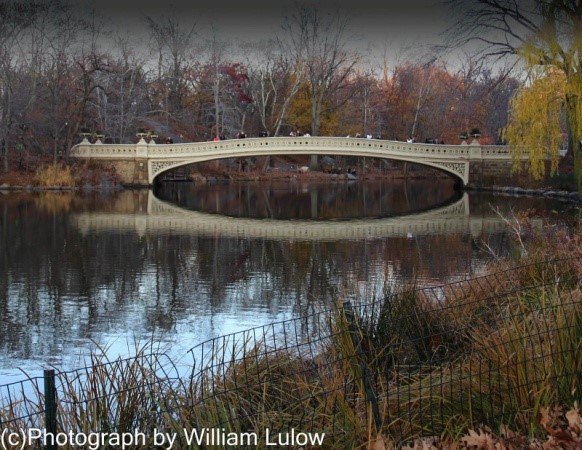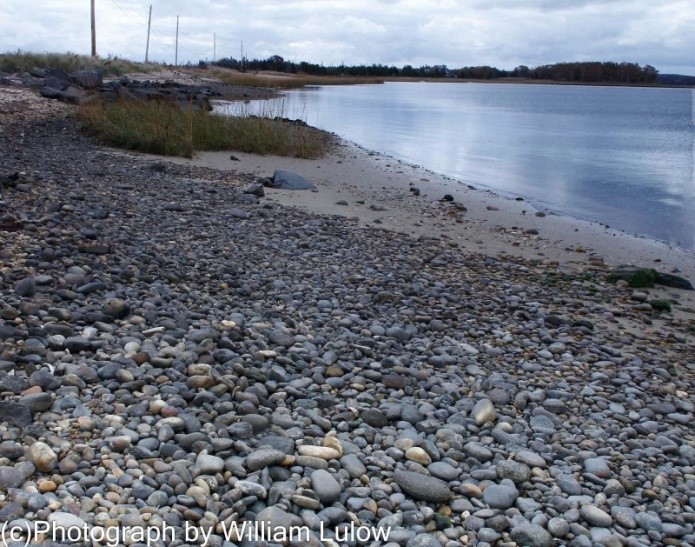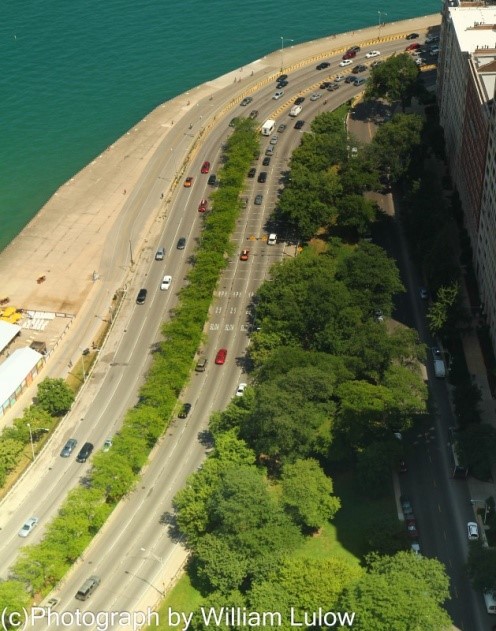
Here is a short, direct number of tips you can use right now to improve your photographs of places you visit on vacation or just in your travels.
First, you need to decide that you want to make photographs, not just take snap shots and plan your trip accordingly. Be prepared to pull the family car over and concentrate on making a good photograph.
Plan trips with making photographs in mind.
- Think about early morning
- Think about evening shots as some lights are coming on
- Look for interesting subject matter
- Find a "lead in" angle
- Look for interesting lightings
- Look for interesting shapes
- Shoot a popular site from a different angle
- Frame monuments with something in the foreground
- Use small lens openings to increase depth-of-field and sharpness
- Focus on things in the foreground
- Find angles that lead the viewer's eye INTO the image
- Use filters for certain effects (Darken sky, star for night scenes, etc.)
- Try to keep people out of scenes
- Do a portrait in front of a famous place, but only show just a hint of the place
- Think about waiting for the right moment, don't just snap a picture because you're there
- Set up as many scenes as you can
- Use a small tripod whenever you can
- Travel as "light" as you can. Wear a photographer's vest or jacket with big pockets so you don't have to carry a bag
- Wide angle lenses provide greater depth-of-field
- Telephoto lenses bring you closer
- Use wide-angle lenses mostly
- Shoot slowly - until you feel you have exhausted the image-making possibilities of a place
- Try to decide what you want to say about a particular place
Here are a couple of examples:

This image contains reflections, darken sky (post processed), interesting foreground framing.

This image is focused on the foreground. Good depth-of-field, shot with a 20mm wide angle lens.

Interesting angle, sweeping composition.

Early morning, just before sunrise, interesting angle, interesting lights and time of day.
As I said at the beginning, look for elements of composition and light that can add interest to your images. Try placing the camera on the ground or on a very low tripod. Use your camera’s LCD screen to check compositions before you take your picture. Even though digital images don’t cost anything, taking the same old image by holding the camera up to your eye every time doesn’t make for interesting images. Also, keep in mind that photographs made between the hours of ten and two won’t be as interesting as those made earlier and later. The light is just to plain.
By all means, shoot many images of a particular scene, but look for more interesting angles and times of day.









